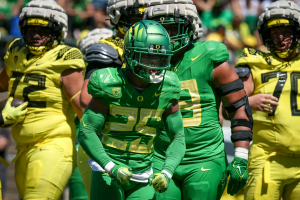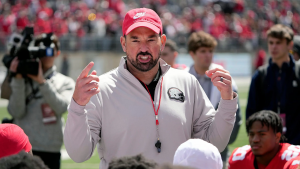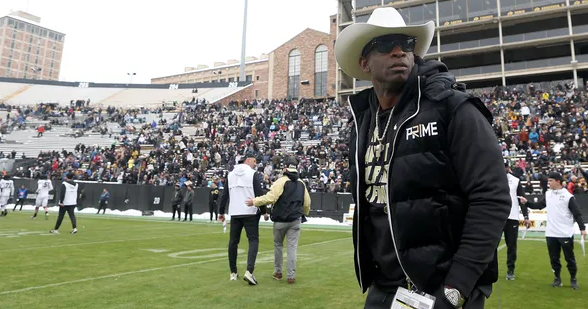NCAA Division I Football to Move to One Transfer Window
Justin Loretz
Sports Editor
The decision by the NCAA to close the spring transfer window in college football marks one of the most significant regulatory shifts in recent years. For the past several seasons, players had two official windows in which to enter the transfer portal. There has been one in the winter, following the regular season, and another in the spring, after practices wrapped up. But now, the latter has been eliminated, consolidating all movement into a single winter period, expected to run from early to mid-January. On the surface, this change may sound like a minor scheduling adjustment, but its implications for the business of college athletics, the competitive shape of the sport, and the individual lives of players are extensive.

From the perspective of the NCAA, opting to close the spring portal was likely done in an attempt to give teams more control after how all over the place the past few years have been because of the effects of NIL (Name, Image, and Likeness) and the frequency of which players transfer at. Greater roster stability has been the rallying cry of coaches and administrators, because it is already hard enough to build a solid foundation with players graduating every year, so having to build team chemistry if a starting quarterback just packs up and leaves in April is virtually impossible. By only having one early window, the NCAA is forcing football players to put much more time and thought into their decisions, which allows them to offer programs more certainty heading into spring drills and more security in planning scholarships, recruiting, and NIL budgets. The move also reduces the perception of chaos that has characterized the portal era, where offseason player movement has essentially become free agency. Still, this comes at a cost. At a time when the NCAA is already fending off antitrust lawsuits and navigating settlements related to athlete rights for years, cutting back transfer opportunities may look less like prudent management and more like a thinly veiled power grab.
For NCAA Division I football as a whole, the elimination of the spring window promises stability, but there will still be disruption to go with it. Coaches will now conduct spring practices knowing their roster is intact, which should lead to more meaningful evaluations and steadier development, instead of having to compete with other schools for a player that’s already on the team. Fans, too, may benefit from fewer mid-cycle surprises, as the fan favorite who has an explosive performance in a spring game won’t suddenly announce that he is leaving for bigger and better a week later. But again, there is a price to this stability. With only one window available, all movement, negotiations, and NIL bidding wars will be crammed into a short stretch of a couple weeks. That concentrated chaos is still likely to favor powerhouse programs that have the resources to act decisively and aggressively, while smaller schools may struggle to react quickly enough to secure talent. The gap between the haves and have-nots could grow even wider, which seems to happen no matter what changes are made.
For players, the consequences are the most personal and, in many ways, the most severe. The spring window operated as a safety valve for many before. A backup quarterback who realized in April that he had slipped further down the depth chart could have looked for a better opportunity elsewhere. A player that struggled with academics or didn’t click with a new position coach had a second chance to restart before the fall. Without this option, players must make a choice in January, often before they have a full (truthful) picture of their role on the team or before they’ve had a chance to demonstrate growth. This places enormous pressure on teenagers to make career-altering decisions quickly, often while juggling bowl preparations, academic transitions, and coaching changes. The absence of a spring outlet could mean more athletes stuck on rosters where they don’t see a path to the field, or worse, students left without a landing spot at all.

The long-term effects of this policy shift are hard to predict. In theory, it could lead to a cleaner, more orderly system in which rosters settle sooner, and schools operate with less uncertainty. But let’s not pretend the NCAA made this move out of pure concern for order. It could just as easily exacerbate the inequities of the modern college game, where NIL money and program prestige dominate the recruiting landscape. For the NCAA, the gamble they are taking is that the benefits of stability will outweigh the backlash from players and advocates who view this as another example of limiting athlete freedom. For the sport, the question is whether reduced spring activity strengthens programs or concentrates even more power at the top. As for the players and fans themselves, it is yet another reminder that the ability to make choices about our careers often exists at the mercy of rules they did not write.
Contact Justin at loretzju@shu.edu

